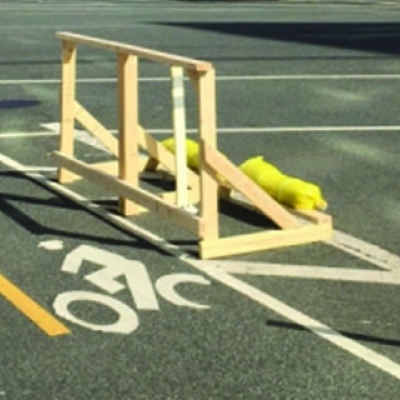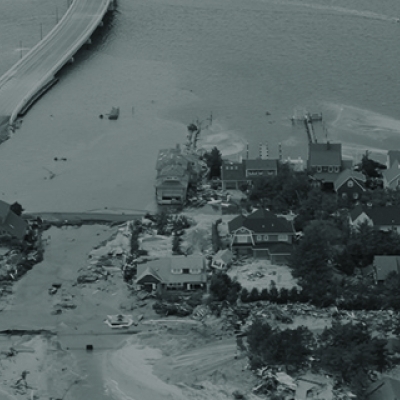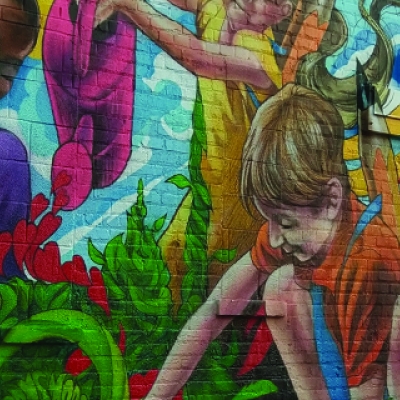
Those 'Green' Solutions to Plastic Pollution Are Misleading
By Kyler Geoffroy / On August 7th, 2023
Thicker Than Water author Erica Cirino calls out the false 'greenwashing' solutions to the plastic pollution crisis while outlining real solutions.










